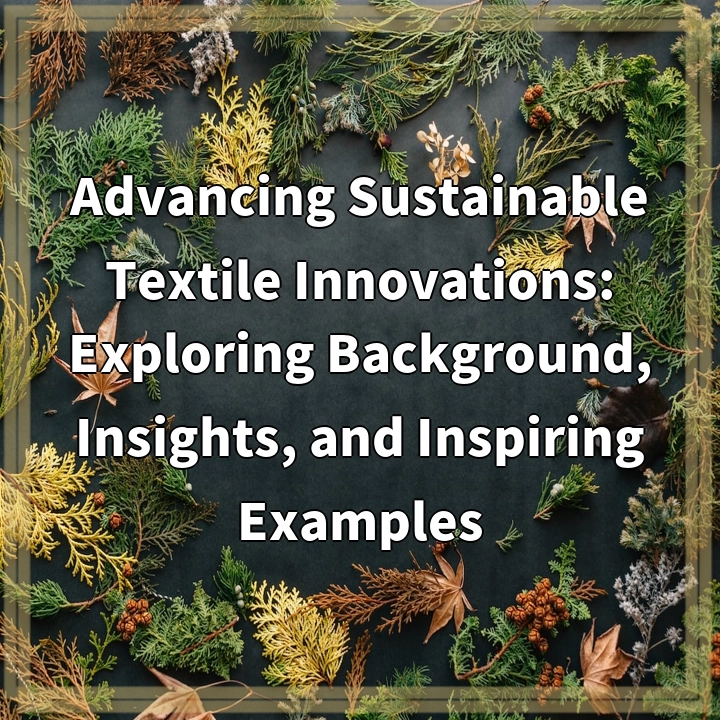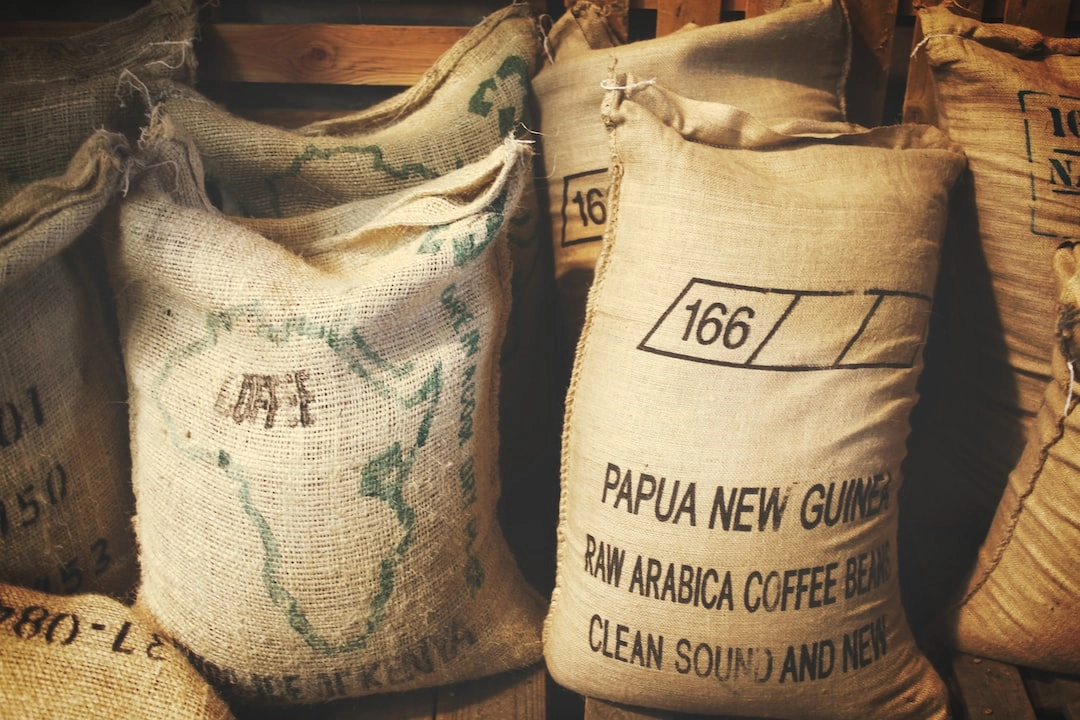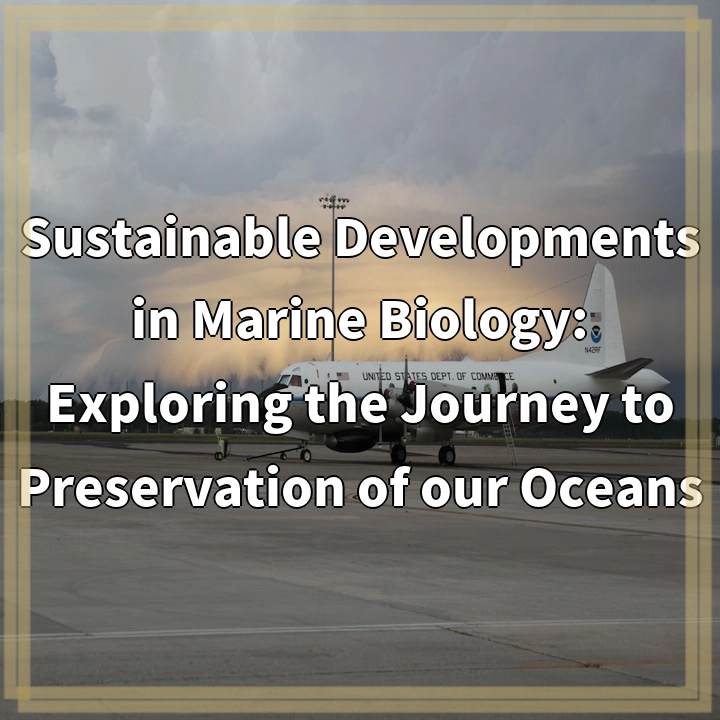
What is Advancing Sustainable Textile Innovations?
Advancing Sustainable Textile Innovations refers to the continuous efforts in the textile industry towards developing and implementing more environmentally friendly and socially responsible practices throughout the textile supply chain. This includes improving the production processes, materials sourcing, and end-of-life considerations for textile products.
Real-world Problems Associated with Sustainable Textile Innovations
While there has been progress in the adoption of sustainable practices in the textile industry, several challenges still persist. These problems hinder the transition to a more sustainable and circular textile economy. Some of the key issues include:
1. Environmental Impact:
The textile industry is known for its high environmental impact, primarily due to the excessive use of water, energy, and chemicals in the production processes. Pollution from wastewater discharge, emissions of hazardous substances, and the generation of textile waste contribute to environmental degradation and harm ecosystems.
2. Materials Sourcing:
The sourcing of materials for textile production is often associated with negative social and environmental impacts. Cultivating conventional cotton, for example, requires vast amounts of water, pesticides, and synthetic fertilizers, contributing to water scarcity, soil degradation, and biodiversity loss. Additionally, the harvesting of animal-based fibers like wool and silk raises concerns about animal welfare and ethical sourcing practices.
3. Labor Conditions:
The textile industry has faced criticism for poor labor conditions in many parts of the world. Sweatshops, low wages, long working hours, and unsafe working environments are some of the issues prevalent in the industry. Improving labor rights and ensuring fair wages and safe working conditions are crucial aspects of sustainable textile innovations.
4. Waste and Circularity:
The linear nature of the textile industry, with its quick turnover of fast-fashion items, has led to enormous amounts of textile waste. According to estimates, the equivalent of one garbage truck full of textiles is landfilled or incinerated every second globally. Achieving circularity by implementing recycling, upcycling, and extended product life cycles is essential to address this waste crisis.
5. Lack of Transparency and Greenwashing:
The textile industry often faces challenges with regard to transparency and greenwashing. Consumers are increasingly demanding transparency in the supply chain and credible certifications to make informed purchasing decisions. Lack of clear labeling and misleading marketing claims hinder progress towards sustainable textile innovations.

Solutions for Advancing Sustainable Textile Innovations
1. Sustainable Production Processes:
Implementing cleaner production techniques, such as using water-efficient and chemical-free processes, can significantly reduce the environmental impact of textile production. This includes adopting technologies like digital printing, laser cutting, and biological wastewater treatment to minimize resource consumption and pollution.
2. Materials Innovation and Sourcing:
Promote the use of sustainable and ethically sourced materials, such as organic cotton, recycled fibers, and alternative materials like hemp and bamboo. Investing in research and development for innovative and eco-friendly textile materials can help reduce the reliance on resource-intensive and harmful alternatives.
3. Fair Labor Practices:
Ensure fair wages, safe working conditions, and compliance with labor laws throughout the textile supply chain. This involves promoting responsible production standards, conducting audits and certifications, and fostering transparency in supplier relationships. Collaboration with industry associations and NGOs can help drive positive change in labor conditions.
4. Circular Economy Approach:
Adopt circular business models that prioritize the reduction, reuse, and recycling of textile products. Encouraging product durability, repair services, and take-back programs can extend the lifespan of textiles. Integrating recycling technologies, such as mechanical and chemical recycling, can transform textile waste into new raw materials.
5. Transparent Communication and Education:
Improve traceability and transparency in the textile supply chain to provide consumers with accurate information about the environmental and social impacts of textile products. Labels, certifications, and eco-labeling schemes can help consumers make more informed choices. Educating consumers about the importance of sustainable textiles and empowering them to demand sustainable options can drive industry-wide change.















